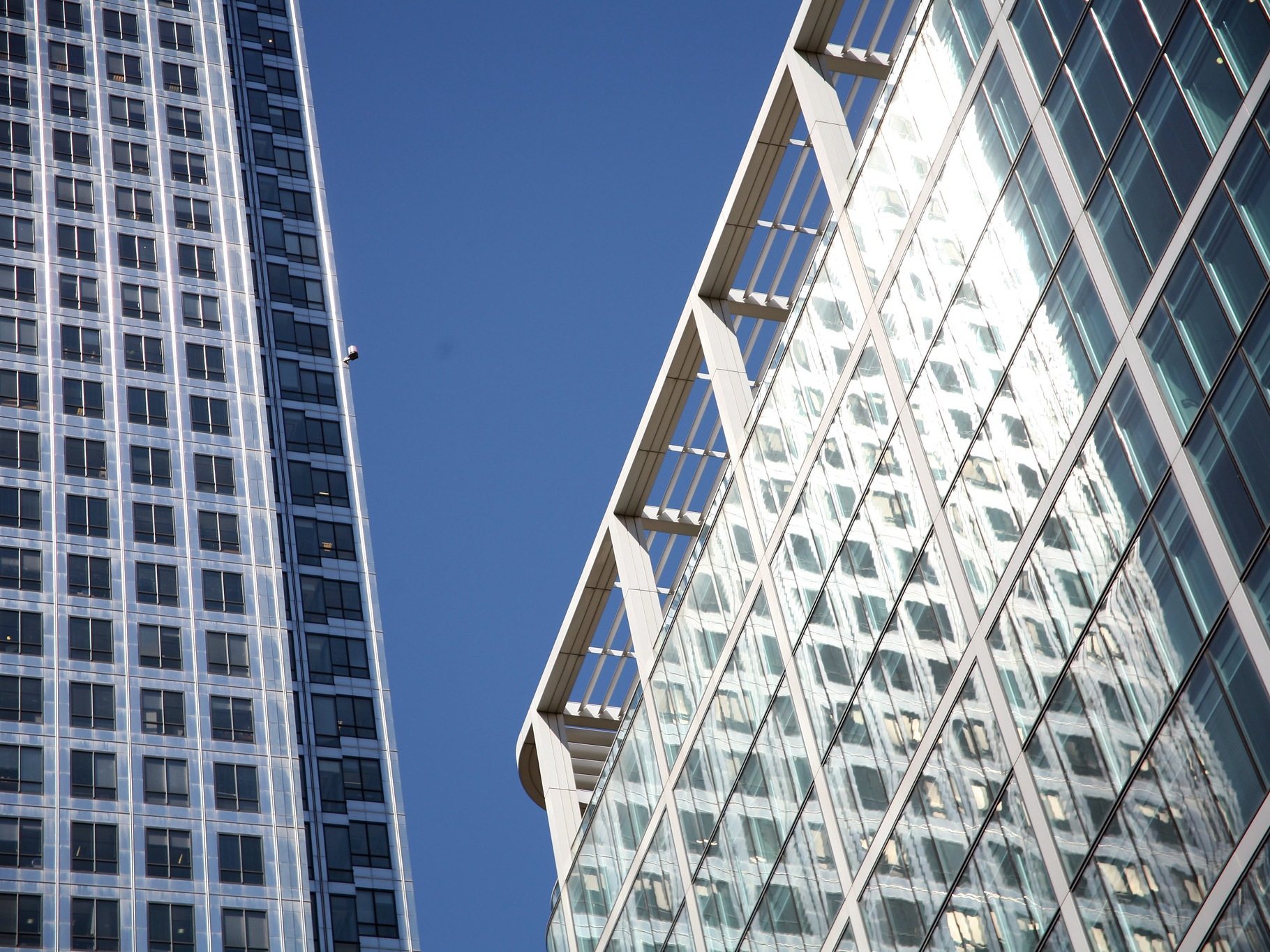Harsher penalties for breaching building regulations: what you need to know
From October 2023 penalties for breaching building regulations have significantly increased. Here’s what you need to know…
Harsher penalties for breaching building regulations are coming. The latest changes to building regulations penalties are included in the 2022 Building Safety Act. This new legislation sets out to improve working practices in the construction industry, with the aim of making buildings safer and preventing tragedies like the 2017 fire at Grenfell Tower from happening again.
The fire at the London tower block killed 74 after loopholes in building regulations led to unsuitable, flammable exterior cladding being used on the building. This contributed to the spread of the fire – and the grim death toll. In the aftermath, Dame Judith Hackitt was commissioned to independently review building regulations and fire safety, resulting in the new act.
Building Safety Act
Philip Vollans, Barrister at No.5 Barristers’ Chambers, says, “The Act came into force on 1 October 2023. It widens the scope for potential prosecutions against individuals and companies for non-compliance across the whole construction process, from those who have undertaken non-compliant construction to those who have turned a blind eye to inadequate installation or manufacturing.”
Increased penalties
As Clair Phillips, lawyer at Moore Barlow, explains, the Act increases the penalties that can be handed out for breaching building regulations. She says, “Arguably the most significant change is the ability to criminally prosecute any director, manager, secretary, or similar officers of a company where a breach is committed with their ‘consent or connivance’, or if it has arisen through their neglect. The aim is that individuals complicit in breaches can be held accountable for their action if there is some measure of personal failure.
“The Act significantly increases the penalty for breaching building regulations to an unlimited fine (previously maximum of £5,000, or a max daily fine of £50), and/or imprisonment of up to two years. Also, the time limit for bringing enforcement action against non-compliant works is extended from one to ten years.”
Focus on high-rise
However, as Matthew Jones, partner and Head of UK Construction and Engineering team at law firm Taylor Wessing, points out, it is important to remember that the focus of the Building Safety Act is mainly on improving the safety of blocks of flats and other high-rise buildings. He says, ‘The Act focuses on higher-risk residential buildings over 18 metres [tall]. It is aimed primarily at providing new protection and confidence for homeowners and occupiers in higher-risk buildings, both existing and new-build.
“As well as the new responsibilities placed on building owners, contractors and designers, higher-risk buildings will also need to have an ‘accountable person’ appointed, with various duties including assessing fire-safety risk, providing documentation about the building to the new Building Safety Regulator (BSR), and appointing a Building Safety Manager to manage risks day to day.”
Building Safety Regulator
The BSR will do three jobs:
- Oversee the safety and standards of all buildings,
- Help and encourage the built environment industry and building control professionals to improve their competence,
- Lead implementation of the new regulatory framework for high-rise buildings.
Proportionate approach
The Health and Safety Executive is setting up this new body. It issued a statement of intent in July 2023 that says: ‘The Building Safety Regulator will adopt a proportionate approach to enforcing safety and standards across the built environment. Enforcement action will be proportionate to risk and to the seriousness of any breach of the law. This will include any actual or potential harm arising from any breach, its likelihood, and the impact of the action taken. As the act states:
“The Building Safety Regulator will target its assessment, inspection and investigation resources:
- on those buildings and activities giving rise to the most serious risks,
- where the hazards are least well controlled, or
- where the effectiveness in managing building safety is in doubt.
“Enforcement activity will be focused on the most serious risks and/or breaches of the law, and on those who are responsible for and best placed to control those risks.”
So, for most self-builders, the message would seem to be: don’t panic, potential building regs penalties may have increased significantly, but enforcement action will be targeted and proportional. The aim is to clamp down on those responsible for unsafe high-rise buildings, rather than self-builders who have made minor errors. But, as yet, this hasn’t been tested in court. So, as ever, the advice must remain: keep the building inspector happy.










